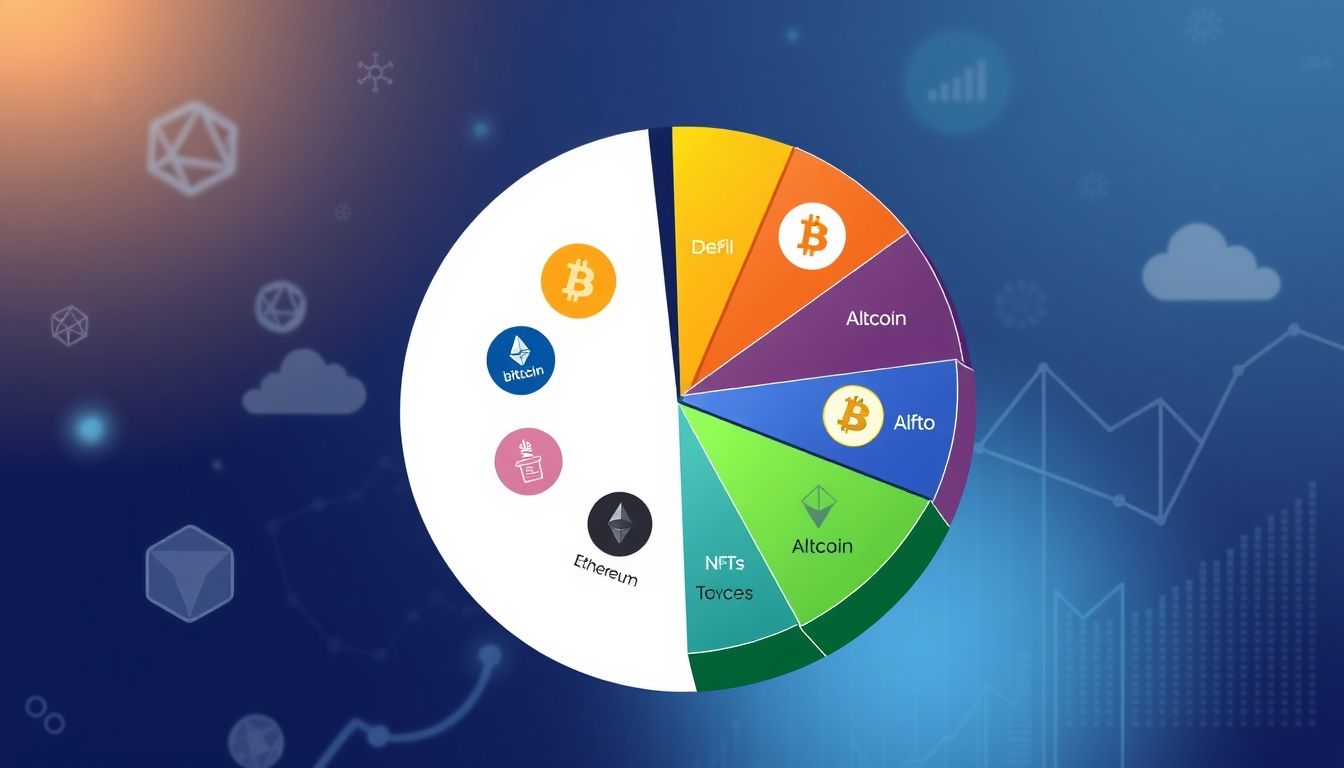Introduction: Cryptocurrencies at a Crossroads
The world is witnessing a radical transformation in the financial landscape, driven by the increasing prevalence of cryptocurrencies. These digital assets, based on blockchain technology, promise to reshape the way we deal with money, invest in it, and interact with traditional financial institutions. But, do cryptocurrencies truly represent the future of finance, or are they just another technological bubble on its way to burst?
Chapter 1: The Genesis and Evolution of Cryptocurrencies
The story of cryptocurrencies began with the emergence of Bitcoin in 2009, as a response to the global financial crisis. Bitcoin quickly gained popularity as a store of value and a decentralized means of exchange, leading to the emergence of thousands of other cryptocurrencies, each promising unique features and functionalities.
- First Generation: Bitcoin and similar currencies, focusing on decentralization and security.
- Second Generation: Ethereum and smart contracts, opening the door to decentralized financial applications (DeFi).
- Third Generation: Stablecoins and Central Bank Digital Currencies (CBDCs), seeking stability and integration with the traditional financial system.
Chapter 2: Blockchain Technology: The Cornerstone of Cryptocurrencies
Blockchain technology is the foundation upon which all cryptocurrencies are built. It is a distributed and immutable ledger that records all transactions in a transparent and secure manner. This technology has the potential to revolutionize many industries, including finance, supply chains, and healthcare.
Benefits of Blockchain:
- Transparency: Anyone can see all transactions recorded on the blockchain.
- Security: It is very difficult to hack the blockchain or forge transactions.
- Efficiency: Blockchain can speed up transactions and reduce costs.
Chapter 3: Decentralized Finance (DeFi) Applications
Decentralized Finance (DeFi) is a new financial system based on blockchain technology, aiming to provide decentralized alternatives to traditional financial services, such as lending, borrowing, trading, and insurance.
Examples of DeFi Applications:
- Lending and Borrowing Platforms: Such as Aave and Compound, allowing users to lend and borrow cryptocurrencies for interest.
- Decentralized Exchanges (DEXs): Such as Uniswap and SushiSwap, allowing users to trade cryptocurrencies directly without the need for an intermediary.
- Stablecoins: Such as USDT and USDC, aiming to maintain a stable value pegged to a fiat currency, such as the US dollar.
Chapter 4: Central Bank Digital Currencies (CBDCs)
Central Bank Digital Currencies (CBDCs) are digital currencies issued and supported by central banks. These currencies aim to provide a digital version of fiat currency, while leveraging the benefits of blockchain technology, such as efficiency and security.
Objectives of Issuing CBDCs:
- Modernizing Payment Systems: Making payments faster, cheaper, and more efficient.
- Promoting Financial Inclusion: Providing access to financial services for people who do not have bank accounts.
- Combating Money Laundering and Terrorism Financing: Tracking transactions more effectively.
Chapter 5: The Impact of Cryptocurrencies on Banks and Traditional Financial Institutions
Cryptocurrencies pose a significant challenge to banks and traditional financial institutions. These institutions must adapt to this change, or risk falling behind.
Options for Financial Institutions:
- Adopting Blockchain Technology: Using blockchain to improve efficiency and reduce costs.
- Offering Cryptocurrency Services: Allowing customers to buy, sell, and store cryptocurrencies.
- Collaborating with Cryptocurrency Companies: Partnering with cryptocurrency startups to develop new products and services.
Chapter 6: Risks and Challenges Associated with Cryptocurrencies
Despite the potential benefits of cryptocurrencies, they also involve significant risks and challenges, including:
- Price Volatility: Cryptocurrency prices can be very volatile, making them a risky investment.
- Fraud and Hacking: Cryptocurrencies are vulnerable to fraud and hacking, which can lead to significant losses for investors.
- Regulation: The legal regulation of cryptocurrencies is still unclear in many countries, increasing the risks.
Chapter 7: Legal Regulation of Cryptocurrencies Around the World
Governments around the world are taking different stances on cryptocurrencies. Some countries are embracing cryptocurrencies and encouraging innovation, while others are imposing strict restrictions or banning them altogether.
Examples of Legal Regulation:
- United States: Seeks to regulate cryptocurrencies through securities and tax laws.
- European Union: Is working on developing a comprehensive regulatory framework for cryptocurrencies.
- China: Has banned cryptocurrency trading and mining.
Chapter 8: The Future of Cryptocurrencies: Potential Scenarios
The future of cryptocurrencies remains uncertain, but there are several potential scenarios:
- Widespread Adoption: Cryptocurrencies become an integral part of the global financial system, and are widely used in payments and investments.
- Nationalization and Control: Governments impose strict control over cryptocurrencies, and issue their own digital currencies.
- Collapse: Cryptocurrencies lose popularity and value, and gradually fade away.
Chapter 9: Tips for Cryptocurrency Investors
If you are considering investing in cryptocurrencies, it is important to be aware of the risks and take the necessary precautions:
- Do Your Research: Before investing in any cryptocurrency, make sure you understand the blockchain technology and the project behind the currency.
- Invest Only What You Can Afford to Lose: Do not invest money you need to cover your basic expenses.
- Diversify Your Portfolio: Do not put all your money into one cryptocurrency.
- Use Secure Wallets: Store your cryptocurrencies in secure wallets to protect them from hacking.
Chapter 10: Conclusion: Are Cryptocurrencies Here to Stay?
Despite the risks and challenges, it seems that cryptocurrencies are here to stay. They represent a real revolution in the world of finance, and have the potential to change the way we deal with money and invest in it. However, it is important to be cautious and understand the risks before investing in these digital assets.
Note: This article is for informational purposes only and does not constitute financial advice. You should consult a financial advisor before making any investment decisions.




